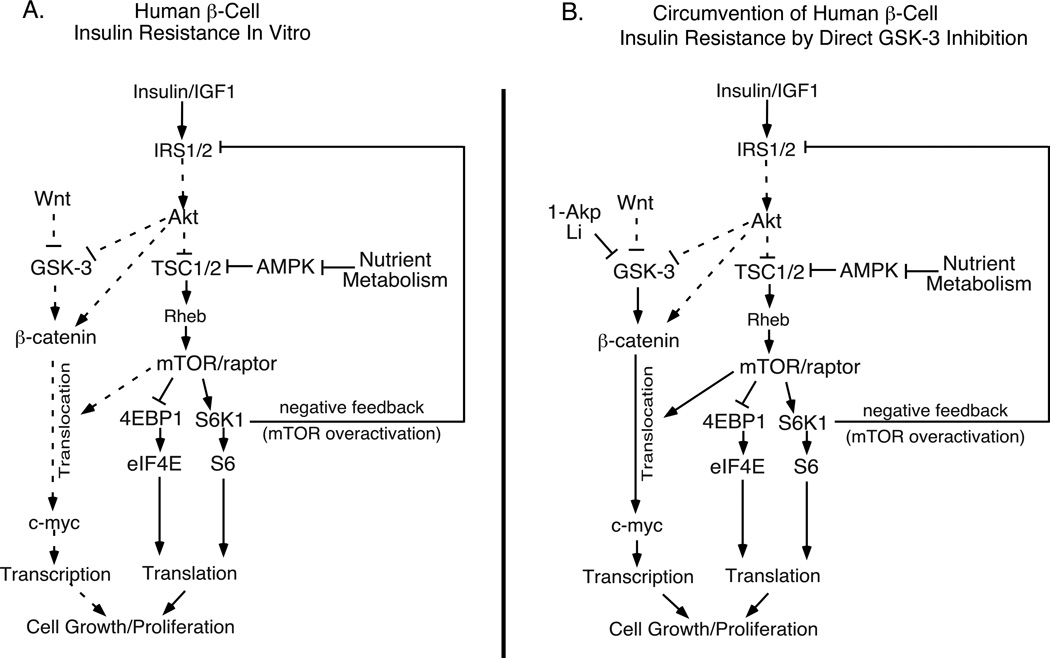Figure 10. Strategies to stimulate human β-cell proliferation by circumventing insulin resistance with direct GSK-3 inhibition in combination with nutrient activation of mTOR.
(A) Human β-cell insulin resistance in vitro: Nutrient metabolism inhibits AMPK and TSC1/2, thus increasing mTOR and S6K1 activities. mTOR/S6K1 overactivation results in negative feedback and IRS1/2 degradation, blocking insulin signaling and the ability of Akt to inhibit GSK-3 and engage the Wnt signaling pathway. Under these insulin resistant conditions, GSK-3 remains active and β-catenin is not translocated to the nucleus. (B) Inhibition of GSK-3 by 1-Akp or LiCl results in activation of Wnt signaling and β-catenin nuclear translocation in vitro: LiCl or 1-Akp directly inhibits GSK-3, thus circumventing insulin resistance as described above, resulting in mTOR-dependent β-catenin nuclear translocation. This strategy restores the regenerative processes of DNA synthesis, cell cycle progression and proliferation. Dotted lines indicate reduced signaling levels.

